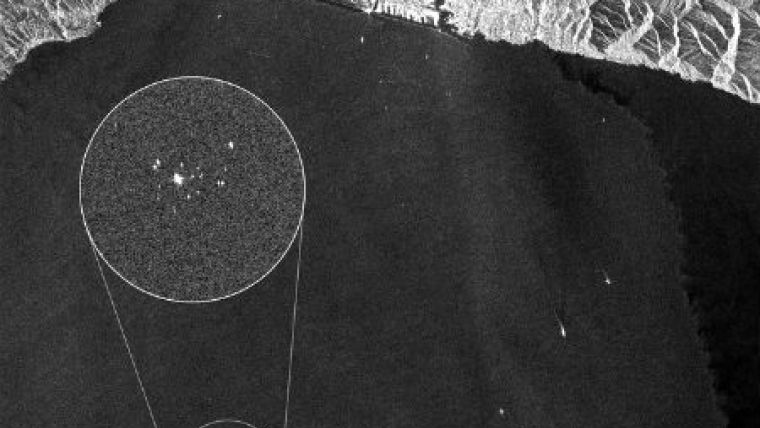Copernicus Satellite Now Operational
With the commissioning of Sentinel-1A completed and the satellite’s transfer for exploitation, its data is now available to all users. This marks the beginning of the satellite’s operational life, delivering radar coverage for an array of applications in the areas of oceans, ice, changing land and emergency response.
Launched on 3 April, Sentinel-1A completed commissioning on 23 September – an important process that ensures the satellite, instruments, data acquisition and data processing procedures are working well. Sentinel-1A passed these tests and reached its target orbit on 7 August and eight anticollision manoeuvres to avoid space debris were performed during this phase.
The satellite will now begin delivering radar scans for an array of operational services and scientific research.
The satellite will continue to be monitored, operated and controlled from ESA’s Space Operations Centre in Darmstadt, Germany.
The Sentinels are a new fleet of ESA satellite poised to deliver the wealth of data and imagery that are central to Europe’s Copernicus programme. By offering a set of key information services for a broad range of applications, this global monitoring programme is a step change in the way the environment is being managed, understand and tackle the effects of climate change, and safeguard everyday lives.
Sentinel-1 – a two-satellite constellation – is the first in the series and carries a radar to provide an all-weather, day-and-night supply of imagery of Earth’s surface. Even during commissioning, Sentinel-1A demonstrated its potential in the various applications domains.
Just days after launch, its results were included in maps of the floods that hit Namibia, as well as those in the Balkans the following month. This information was then used by authorities involved in flood response.
Radar images were also used to map the rupture caused by the 24 August earthquake that shook northern California – the biggest the area has seen in 25 years.
The towing of the Costa Concordia cruise ship off the west coast of Italy was captured by the radar, demonstrating Sentinel-1’s ability to survey the marine environment.
This and many other services will now start benefiting from Sentinel-1A’s operational status. These include services related to monitoring Arctic sea-ice extent, routine sea-ice mapping, surveillance of the marine environment, monitoring land-surface for motion risks, mapping for forest, water and soil management and mapping to support humanitarian aid and crisis situations.
The mission’s contributions will further improve once the satellite’s identical twin, Sentinel-1B, is launched in 2016.














